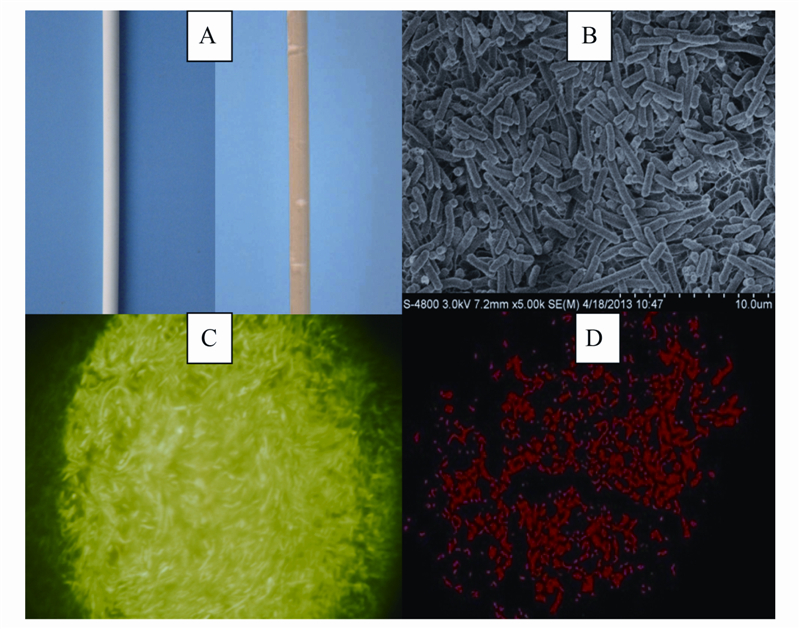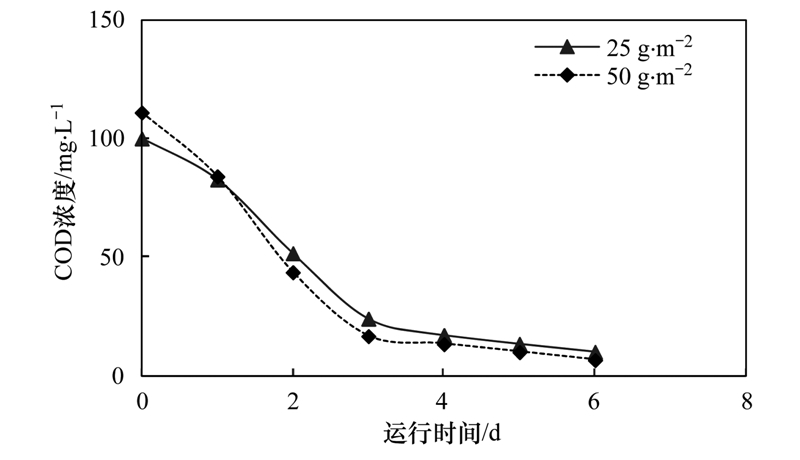PCATALOG
Atrazine Wastewater Treatment in a SPG Membrane-Aerated Genetically Engineered Microorganism Biofilm Reactor
Pubdate:2021-03-01 Click:1074
Membrane-aerated biofilm reactor (MABR) represent a novel membrane-biological wastewater treatment technology. In addition, bioaugmented treatment using genetically engineered microorganism (GEM) biofilm in MABR is proposed to improve refractory pollutant removal. In the present study, a SPG membrane aerated-biofilm reactor (SPG-MABR) with GEM biofilm formed on the SPG membrane surface was applied to treat atrazine wastewater. The influences of air pressure, biofilm biomass and liquid velocity on the performance of the SPG-MABR were investigated. The variation of GEM biofilm during the SPG-MABR operation was observed. The results indicated that the increased air pressure could promote atrazine and COD removal as well as re-oxygenation by increasing oxygen permeability coefficient. A higher biofilm biomass could also enhance atrazine and COD removal, but simultaneously reduce the re-oxygenation rate because biofilm thickness and oxygen transfer resistance increased. When liquid velocity in the SPG-MABR was decreased under laminar flow condition, atrazine and COD removal was improved due to the facilitated contaminant diffusion from wastewater to biofilm. The atrazine removal efficiency reached to 98.6% in the SPG-MABR after 5d treatment at air pressure of 300 kPa, biofilm biomass of 25 g·m-2 and liquid velocity of 0.05 m·s-1. The microbial polymorphism of GEM biofilm was observed during the SPG-MABR operation. The surface of GEM biofilm was gradually covered by other microbial cells and the distribution of GEM cells reduced, but inside the GEM biofilm, the GEM cells were still dominant.



